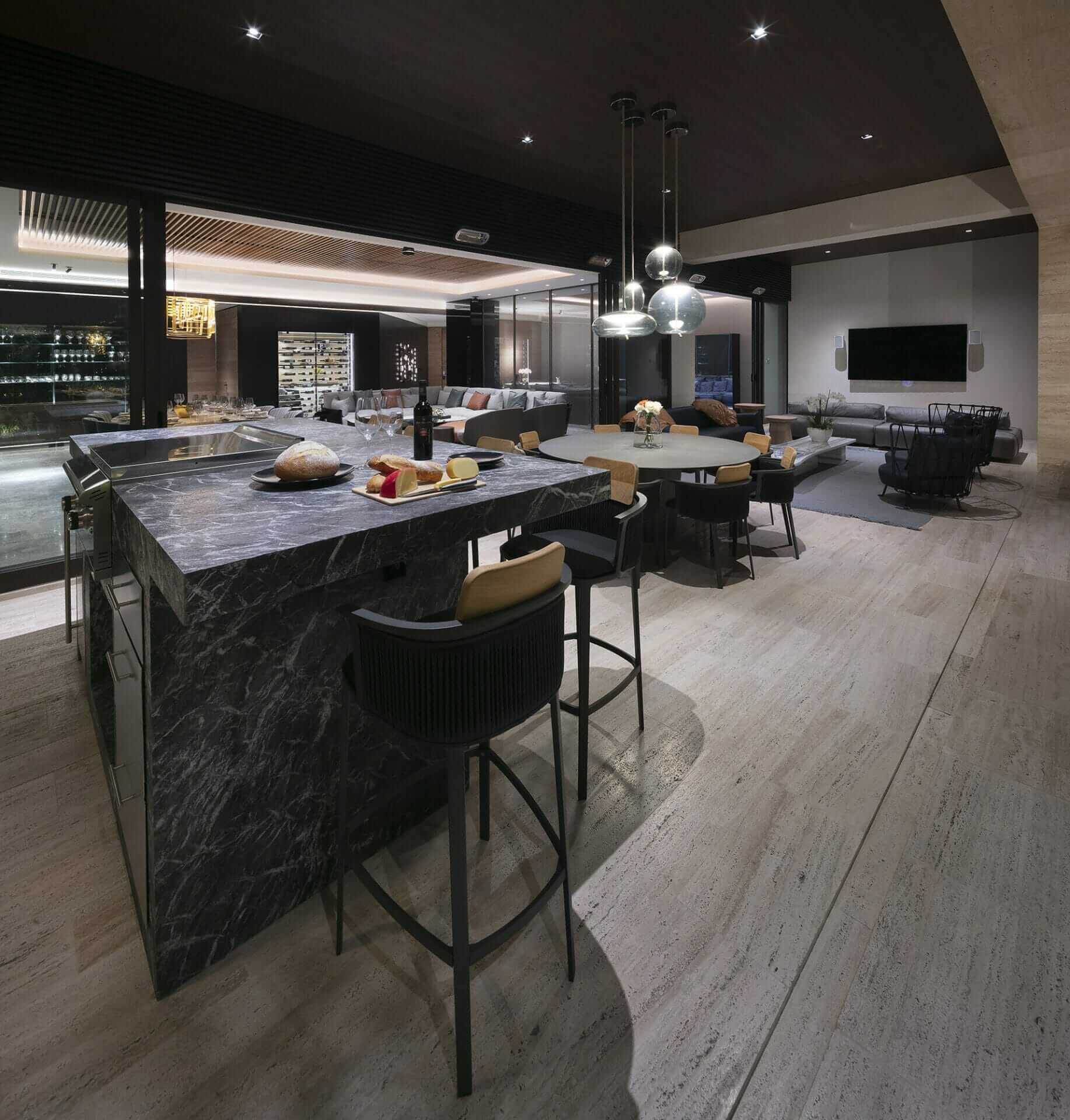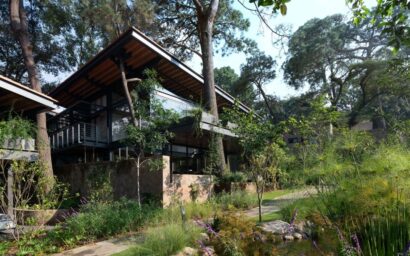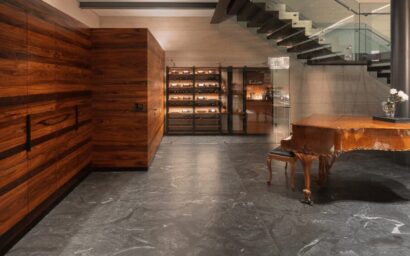Architecture transcends simple shapes and structures, becoming an art that finds its fullest expression through combining different materials. This practice plays a fundamental role in creating unique and functional spaces, allowing the freedom to explore new aesthetic and practical design options.
One of the most noticeable benefits of using various materials is the possibility of achieving a visually appealing and dynamic aesthetic because the combination of textures, colors, and patterns in the materials generates a powerful visual impact.
Another advantage of unifying materials is their functionality since they have unique properties that can improve energy efficiency, structural resistance, and building durability.
Also, this is a great way to capture creativity and innovation.
Experimentation with new materials and construction techniques can lead to revolutionary architectural solutions. Fusing materials from various sources can guide avant-garde designs that break convention and challenge the traditional perception of architecture.
Some of the most famous material combinations are:
- Wood and steel. Wood brings warmth and naturalness, while steel adds a modern touch and structural strength.
- Marble and glass. Marble brings beauty and luxury, while glass brings transparency and luminosity.
- Concrete and wood. Concrete adds a modern, industrial look, while wood adds warmth and texture.
- Glass and steel. Glass provide clarity and luminosity, while steel offers strength and structure.
- Natural stone and wood. Stone offers solidity and unique textures, while wood adds warmth and a cozy touch.
Although these are the most used combinations, you must remember that creativity and experimentation are vital to achieving exceptional and personalized results in each project.
The use of materials in architecture is an art in itself. And it is through this technique that unique and aesthetically impressive spaces can be created that arouse emotions, generate visual interest, and adapt to the functional needs of each user.


